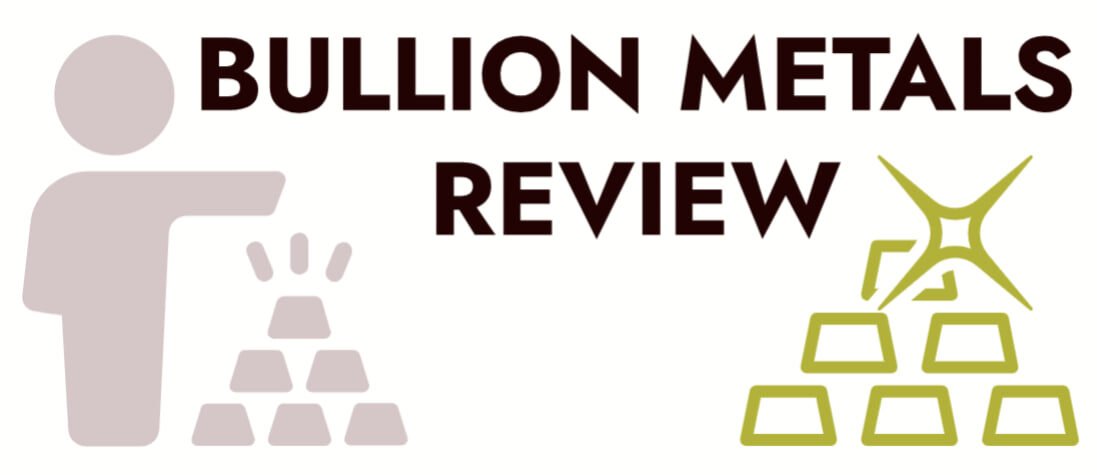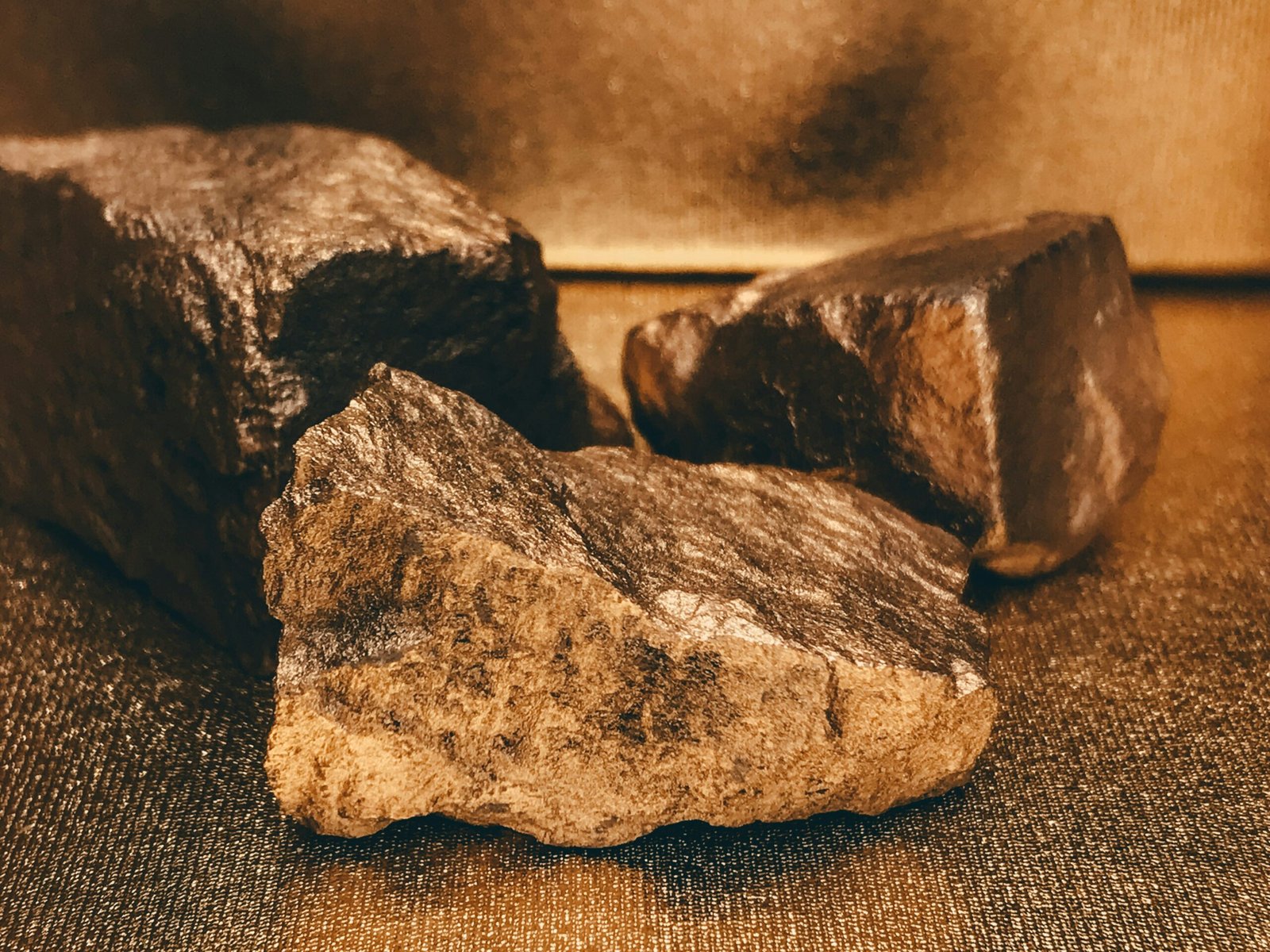Introduction to Economic Collapse
Economic collapse refers to a significant decline in the economic performance of a country or region, often indicating a systemic breakdown of financial and structural mechanisms responsible for stability and growth. Such a collapse is characterized by fiscal crises, loss of confidence in monetary systems, soaring unemployment rates, and widespread business failures. Historical examples abound, illustrating how quickly economies can falter under various pressures. The Great Depression of the 1930s is a prominent case, marked by a stock market crash, plummeting industrial output, and a significant rise in poverty levels throughout the United States and beyond.
Several factors can precipitate an economic downturn. Hyperinflation, for example, occurs when prices rise uncontrollably, eroding the purchasing power of currency. A notable instance of hyperinflation was experienced in Zimbabwe in the late 2000s, where astronomical inflation rates rendered the local currency practically worthless, forcing citizens to barter goods and services. Market crashes also play a crucial role; the 2008 financial crisis, triggered by questionable banking practices and excessive risk-taking, led to a global recession, resulting in substantial financial losses for millions.
Political instability is another factor that can contribute to economic decline. Countries with unstable governments may face rampant corruption, civil unrest, or changes in policy that dissuade investment and economic growth. The economic fallout of the Venezuelan crisis illustrates how poor governance and political infighting precipitate not just a collapse of the economy but also mass emigration and humanitarian crises. Taken together, these factors create an environment where individuals and investors seek out safe havens for their assets, with gold and silver often considered reliable shields against the ravages of economic decline.
Open a FREE Bullion Vault account today with no obligation to trade! BONUS: Sign up now and receive a risk-free 1/8 oz (4g) of silver to kickstart your journey into precious metals investing

The Role of Gold in Economic Uncertainty
Throughout history, gold has held a prominent position as a form of currency and a reliable store of value. Its unique attributes contribute to its enduring appeal, especially during periods of economic uncertainty. Denoted as a safe haven asset, gold serves as a hedge against inflation and currency devaluation, making it a favored choice for investors seeking stability in tumultuous times.
The intrinsic value of gold arises from its physical properties, including its rarity, durability, and malleability. Unlike fiat currencies, which can be printed at will by governments, gold possesses a finite supply that cannot be manipulated in the same manner. This characteristic not only enhances its desirability but also ensures that it retains value when other assets may falter under economic turmoil.
During previous economic downturns, gold has demonstrated resilience. For instance, in the 2008 financial crisis, gold prices significantly surged as investors sought refuge from the volatility of the stock market and the declining value of currencies. This trend reflects a behavioral shift where individuals gravitate towards gold as a protective measure, fostering a sense of security amidst uncertainty.
Moreover, gold’s universal acceptance transcends borders, providing a level of trust that is not contingent upon any single economy. Whether in developing nations or established economies, gold continues to be recognized as a valuable asset. Its liquidity also allows investors to convert it into cash or trade it for goods and services, a feature that reinforces its status as a reliable medium of exchange.
In conclusion, gold’s historical significance as a currency and store of value underscores its vital role during economic uncertainty. Its enduring appeal stems from its intrinsic value, durability, and worldwide acceptance, positioning it as a preferred asset for safeguarding wealth amidst financial instability.
Understanding Silver as a Hedge
Silver has long been recognized as a vital asset in the realm of investment, particularly during times of economic uncertainty. As a precious metal, it exhibits unique characteristics that contribute to its appeal as a protective asset. One of silver’s most notable attributes is its dual role as both an industrial metal and a monetary commodity, which makes it distinct from other forms of investment. As various industries, such as electronics and renewable energy, increasingly rely on silver for production, its intrinsic value is reinforced. This industrial demand provides a foundation for price stability and potential appreciation, even amidst economic turmoil.
During periods of financial crisis, historical data indicates that silver tends to outperform many traditional assets. In times of inflation or market downturns, investors often flock to tangible assets, seeking to preserve their wealth. Silver serves as a safeguard, as its price generally increases when confidence in fiat currency wanes. Additionally, silver has often been referred to as a more approachable alternative to gold, allowing investors with smaller budgets to allocate resources toward precious metals without the need for significant capital investment.
Diversifying an investment portfolio is crucial in safeguarding against economic collapse. Incorporating silver into one’s portfolio allows for a hedge against volatility and potential depreciation of paper assets. By blending traditional investments such as stocks and bonds with physical assets like silver, investors create a buffer that can absorb market shocks. As market conditions fluctuate, silver’s historical performance during crises highlights its potential as a reliable asset. As such, understanding silver’s attributes is essential for anyone looking to enhance their financial strategies and secure their wealth during uncertain economic conditions.
Comparing Gold and Silver: Pros and Cons
Gold and silver have long been considered safe havens in times of economic uncertainty. Each metal possesses unique characteristics that cater to different investor needs, particularly during market volatility. One of the foremost factors to consider is liquidity. Gold generally has higher liquidity than silver due to its widespread recognition and demand in global markets. This means that selling gold can often be executed quickly and at a favorable price, which is crucial during economic downturns. In contrast, while silver is also liquid, it tends to have less market demand, making it slightly more challenging to convert into cash efficiently.
Price volatility is another important aspect to analyze. Gold is historically more stable, experiencing fewer fluctuations than silver. Consequently, during times of financial strife, gold tends to hold its value better, making it an attractive option for risk-averse investors. Silver, however, is more prone to price swings influenced by industrial demand and various external factors, making it potentially riskier for those looking for stable investments. Nevertheless, these fluctuations can also create opportunities for profit, particularly for more aggressive investors willing to navigate the uncertainties of the silver market.
Storage and overall accessibility are also critical points of comparison. Gold requires less physical space compared to silver, which must be stored in larger quantities due to its lower value per ounce. This makes gold a more practical choice for smaller investors looking for secure storage solutions. On the other hand, silver is often more affordable, enabling a broader range of investors to participate in precious metals while diversifying their portfolios. In summary, when choosing between gold and silver, the decision largely depends on individual financial goals, risk tolerance, and the specific economic conditions at play.
How to Invest in Gold and Silver
Investing in gold and silver can serve as a robust method of protecting your wealth against economic downturns. There are several ways to allocate resources into these precious metals, each with distinct benefits and associated risks. Understanding these methods will help investors make informed decisions that align with their financial goals.
One of the most straightforward approaches is purchasing physical metals. Investors can buy gold and silver bars, coins, or bullion. The primary benefit of this method is tangible ownership; physical metals offer a sense of security amidst financial turmoil. However, investors must also consider challenges such as storage costs and the need for insurance to protect against theft or loss. Moreover, the liquidity of physical metals can be less favorable compared to other investment vehicles.
Another popular method is investing in gold and silver exchange-traded funds (ETFs). These funds trade on stock exchanges and offer easy access to the performance of gold or silver without the need to physically store the metal. They provide diversification and liquidity benefits, making it simpler for investors to buy and sell shares. However, the downside includes management fees and potential tracking errors that could impact returns.
Investors may also consider mining stocks, which provide ownership in companies that extract gold and silver from the earth. Mining stocks can offer leveraged exposure to precious metals, as their prices often fluctuate with the underlying commodity. However, these stocks carry additional risks related to operational performance, geopolitical factors, and market volatility that can affect the profitability of mining operations.
Lastly, futures contracts allow investors to buy or sell gold and silver at a predetermined price at a future date. This method offers potential for high returns, but it also entails a high level of risk. Investors must have a thorough understanding of market dynamics and be prepared for the potential of significant losses. Before investing in any of these options, it is essential to consider personal risk tolerance, investment goals, and the market conditions that can influence the value of gold and silver.
The Impact of Economic Policies on Precious Metals
Economic policies implemented by governments and central banks play a critical role in determining the value of precious metals, particularly gold and silver. Inflation control, interest rates, and currency devaluation are among the most influential factors affecting these commodities. When policymakers pursue expansionary monetary policies, such as lowering interest rates or increasing the money supply, the immediate consequence can often be inflation. This scenario typically drives investors toward gold and silver as hedges against the eroding purchasing power of fiat currencies.
Historical data supports the notion that periods of high inflation correlate with increased demand for precious metals. For instance, during the stagflation of the 1970s in the United States, gold prices surged as investors sought refuge from rising prices and economic instability. Today, with growing concerns about inflation due to vast fiscal spending and monetary stimulus, many analysts speculate that similar patterns may emerge, prompting a renewed interest in gold and silver as safe havens.
Additionally, interest rates significantly impact precious metals. Generally, when interest rates are low, the opportunity cost of holding non-yielding assets like gold and silver decreases, making them more attractive to investors. Conversely, high-interest rates can reduce the appeal of these metals as they compete with higher-yielding investments. Current trends indicate that central banks worldwide are maintaining low-interest rates to support economic recovery, thereby bolstering the attractiveness of precious metals.
Furthermore, currency devaluation affects gold and silver prices directly. As currencies weaken, the price of precious metals often rises. Investors tend to flock to gold and silver during periods of geopolitical uncertainty and depreciating currencies, reinforcing their status as safe-haven assets. Understanding the interplay between economic policies and the performance of precious metals is essential for investors looking to navigate turbulent financial landscapes effectively.
The Psychological Aspect of Investing in Precious Metals
The psychological dynamics surrounding the investment in precious metals, particularly gold and silver, are multifaceted and play a crucial role during periods of economic uncertainty. Investors often exhibit a pronounced fear of loss, driven primarily by market volatility and socio-economic instability. This fear can trigger a flight to safety, causing a surge in demand for gold and silver as investors seek refuge in assets perceived as reliable and stable.
During crises, the intrinsic value associated with precious metals tends to overshadow the fluctuating values of stocks and real estate. The historical precedent of gold and silver maintaining their value during economic downturns reinforces the behavioral trends in investor psychology. This sentiment stems from a belief in these metals as enduring stores of wealth despite prevalent economic challenges. The collective acceptance that these commodities offer a hedge against inflation and currency devaluation further fuels investor inclination toward them.
The desire for security is another crucial factor influencing investment decisions. Precious metals evoke a sense of safety that can be psychologically comforting. This behavioral aspect can lead to a herd mentality, where individuals, observing others investing in gold and silver, feel compelled to follow suit. Consequently, this collective psychological response can artificially amplify market trends and lead to dramatic fluctuations in precious metal prices.
Additionally, the narratives surrounding economic crises can significantly shape investor behavior. Media reports highlighting financial instability often propagate negative sentiments towards fiat currencies while elevating the perceived worth of precious metals. As a result, coinciding with a surge of investor anxiety, market patterns reflect elevated prices for gold and silver. Understanding these psychological influences is paramount for both individual investors and market analysts in predicting and navigating the complex landscape of precious metal investments.
Historical Case Studies: Gold and Silver During Crises
Throughout history, gold and silver have been viewed as reliable assets, especially during times of economic instability. The Great Depression of the 1930s serves as a poignant illustration of this phenomenon. During this tumultuous period, many assets lost their value, and individual savings were wiped out. However, gold, which was then pegged to the U.S. dollar at a fixed rate, retained its value remarkably well. As financial institutions failed and unemployment surged, investors turned to gold as a stable refuge, leading to a surge in demand that fortified its price against the backdrop of widespread economic despair.
Another significant period was the 2008 Financial Crisis, which resulted from the collapse of the housing market and reckless lending practices. As stock markets plummeted and confidence in financial institutions waned, investors sought the relative safety of precious metals. Gold prices surged sharply, reaching record highs as people gravitated toward tangible assets to safeguard their wealth amid rampant volatility. Silver also demonstrated resilience during this crisis, albeit with a less pronounced performance compared to gold. The industrial applications of silver, alongside its status as a precious metal, contributed to its appeal, albeit fluctuating more dramatically than gold, indicative of broader economic uncertainties.
Other notable examples include periods of hyperinflation, such as in Germany during the Weimar Republic, when currency devaluation rendered paper money virtually worthless. As a result, citizens turned to gold and silver to preserve their wealth, further validating the intrinsic value of these metals during calamity. Likewise, economic instability in various countries has continually shown that precious metals serve as a hedge against the uncertainties of fiat currency depreciation. In these instances, the historical performance of gold and silver showcases their enduring status as safe havens, offering protection against economic collapse and financial distress.
Conclusion: Building a Resilient Portfolio
As the economic landscape continues to evolve, it becomes increasingly vital for investors to seek effective strategies that safeguard their financial interests. Gold and silver have long been revered as valuable assets, especially in times of economic uncertainty. Throughout this discussion, we have explored the intrinsic value of these precious metals, their historical significance, and their role as safe-haven assets during periods of market volatility.
Incorporating gold and silver into an investment strategy can serve as a critical buffer against inflation, currency devaluation, and other financial risks. By allocating a portion of one’s portfolio to these metals, investors can achieve a level of diversification that not only mitigates risk but also enhances overall stability. It is advisable to consider various forms of investment in precious metals, such as physical bullion, ETFs, and mining stocks, to create a well-rounded approach that suits individual risk tolerance and investment goals.
Moreover, the practice of diversification cannot be overstated when it comes to building a resilient portfolio. While gold and silver provide valuable protection, combining them with other asset classes—such as stocks, bonds, and real estate—further reduces exposure to market fluctuations. This mixed portfolio can pave the way for long-term financial security, ensuring that investors are not overly reliant on any single asset’s performance.
In summary, gold and silver emerge as essential components in the pursuit of economic resilience. As investors navigate an unpredictable financial environment, a thoughtful incorporation of these precious metals, alongside a diverse range of other investments, can prove advantageous in safeguarding wealth and promoting stability. By prioritizing a defensive investment strategy, individuals can be better prepared to face potential economic challenges ahead.
Open a FREE Bullion Vault account today with no obligation to trade! BONUS: Sign up now and receive a risk-free 1/8 oz (4g) of silver to kickstart your journey into precious metals investing






Comments (4)